
 |
| Tomoko (2011 ) by Hiroto Kitagawa from Japan Photos: Courtesy of Art Beijing |
The organizers of the latest incarnation of China's premier art fair are hoping that its renewed focus on putting the needs of visitors first will attract more casual art fans, and put to bed the impression that art appreciation is just for the purists.
While the art fairs in Basel, Hong Kong and Paris attract a lot of attention in the art world, here in the Chinese mainland, Art Beijing has become a quality celebration for galleries, art organizations and visitors.
Now in its eighth year, the 2013 Art Beijing fair has selected 150 art institutions from 247 galleries and organizations to be the main presenters in the four-day event from April 30 to May 3 at the National Agricultural Exhibition Center.
Many participants, including Elms Lesters Painting Rooms and Halcyon Gallery from London, Toulouse Antique Gallery from the US, Ukraine's DARA Art Centre and Litvak Gallery from Israel, are attending for the first time.
Matzo Paris Art Fund, for example, carrying a reputation of passing the business through 27 generations and holding artworks from over 800 artworks ranging from Picasso and Dali to Paul Cézanne, has brought many collections from Europe for Art Beijing.
Push on classics
Dong Mengyang, director of Art Beijing, sees the event as a bellwether, which reflects what is on trend each year.
The exhibition includes two main categories: Contemporary and classic to cover both modern and traditional artworks. This year, 80 percent of the presenters in the classic category are making their debut in Art Beijing.
According to Dong, this percentage suggests that the development of ink paintings, which is rooted in traditional Chinese art but goes beyond the traditions, is growing fast this year.
Zhao Li, an associate professor at the China Central Academy of Fine Arts, told the Global Times that the number of galleries working on classical Chinese art used to be very limited. Since these galleries gradually developed, they are able to build up and promote their brand names, they have appeared more often at art fairs.
Increased diversity is another characteristic. Apart from paintings and sculptures that we are familiar with, a multimedia exhibition themed urban public environment is also eye-catching.
Named Park-Art Zone Special Project, the exhibition draws artistic experience in the urban landscape through new media and interactive forms. It encodes and processes a range of cultural resources and discusses the possibility of an artistic, yet ecological system for international civilization.

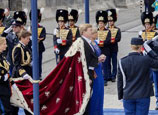
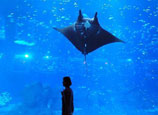
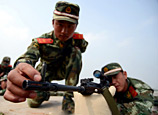
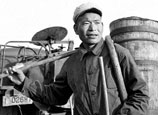
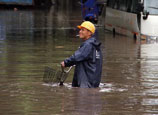
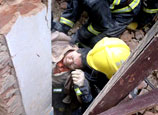
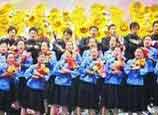
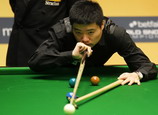
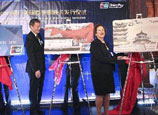
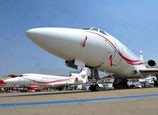






 Matchmaking websites crack down on user fraud
Matchmaking websites crack down on user fraud


![]()
